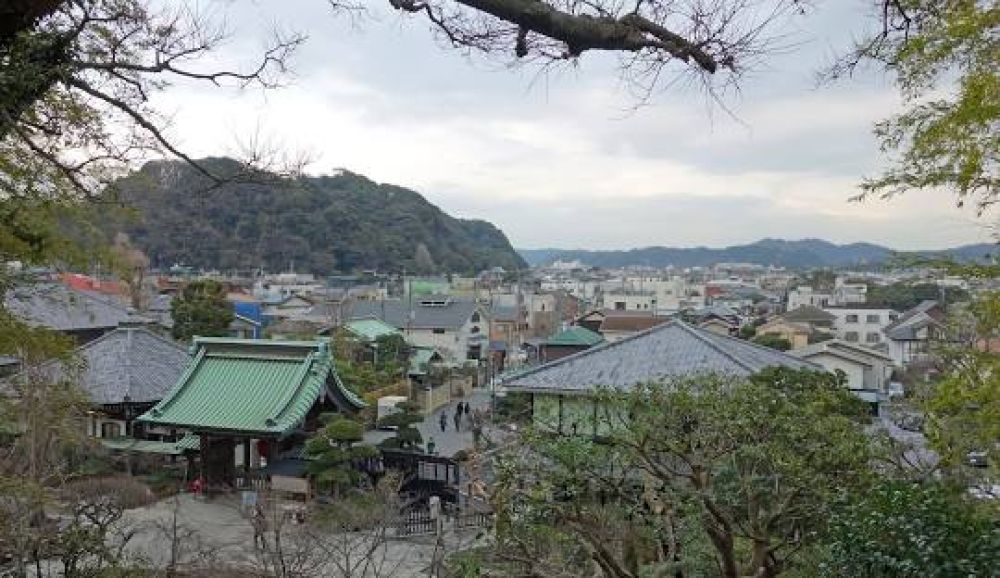

Once the political center of Japan during the Kamakura Shogunate from 1185 to 1333, Kamakura is now a prominent historical city with a rich tourism history. Kamakura's historical significance as the location of the first shogunate led by Minamoto no Yoritomo, makes it a key destination for those interested in Japan's samurai culture.
As far back as the Meiji Restoration in 1868, which saw the modernization of Japan, Kamakura's cultural heritage has attracted tourists. Its proximity to Tokyo, only an hour train ride away, enhanced its appeal as a convenient retreat for those seeking both spiritual solace and historical adventures. The establishment of railway services in the late 19th century further boosted access and, consequently, visitors to the area.
After World War II, Kamakura underwent significant developments. It was in this period that Kamakura’s tourism truly flourished, with international visitors flocking to experience its serene environment. Sites such as the iconic Great Buddha of Kamakura (Kotoku-in) and the Tsurugaoka Hachimangu Shrine became prominent attractions.
Today, Kamakura is a fusion of rich history and modern convenience, accommodating every kind of traveler. Visitors can explore historical sites such as the Hasedera Temple, enjoy cherry blossoms at Genjiyama Park, or relax at the coastal Yuigahama Beach. The city manages to uphold its historical and cultural roots while modern cafes and shops provide contemporary comforts.
In recent years, Kamakura has seen developments in sustainable tourism practices, with efforts to preserve its natural beauty and historic sites. Additionally, there has been an increase in lifestyle tourism with travelers seeking experiential journeys, including temple stays, zen meditation sessions, and traditional tea ceremonies.
The mix of seasonal events and festivals ‒ such as the Kamakura Festival in April showcasing yabusame (horseback archery) ‒ continuously attract both national and international tourists. Furthermore, the trend towards local cuisine has positioned Kamakura as a culinary destination, celebrating both traditional Japanese dishes and innovations in local gastronomy.
Kamakura faces challenges like overtourism, which threatens the preservation of its sites. Responsive measures include crowd management and the promotion of off-peak travel. As Kamakura adapts to global tourism trends and challenges, the city aims to provide a sustainable and authentic experience that honors its legacy while embracing the future. The commitment to this balance ensures that Kamakura will remain a beloved destination for years to come.